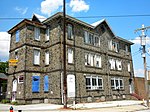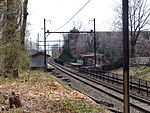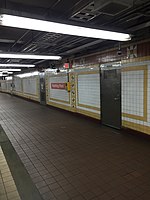Stenton (mansion)
American Revolutionary War museums in PennsylvaniaHistoric American Buildings Survey in PhiladelphiaHistoric American Landscapes Survey in PennsylvaniaHistoric house museums in PhiladelphiaHouses completed in 1730 ... and 4 more
Houses on the National Register of Historic Places in PhiladelphiaLogan, PhiladelphiaNational Historic Landmarks in PennsylvaniaNational Society of the Colonial Dames of America

Stenton, also known as the James Logan Home, was the country home of James Logan, colonial Mayor of Philadelphia and Chief Justice of the Pennsylvania Supreme Court. The home is located at 4601 North 18th Street in the Logan neighborhood of North Philadelphia.
Excerpt from the Wikipedia article Stenton (mansion) (License: CC BY-SA 3.0, Authors, Images).Stenton (mansion)
North 18th Street, Philadelphia
Geographical coordinates (GPS) Address Nearby Places Show on map
Geographical coordinates (GPS)
| Latitude | Longitude |
|---|---|
| N 40.023777777778 ° | E -75.154611111111 ° |
Address
North 18th Street
North 18th Street
19141 Philadelphia
Pennsylvania, United States
Open on Google Maps











